ADMIN@DIGIINEXA.COM
Website Planning: How To Actually Build Something That Works
WEBSITE PLANNING
Look websites aren’t optional anymore in my experience If you’re running anything – business side hustle passion project whatever – people expect you to have one But here’s the deal It’s not just about slapping some pages together and calling it done I’ve seen way too many folks jump straight into design stuff before figuring out what they actually need.
What works is treating your site like your main storefront online You know that spot where customers decide if they trust you or bounce Basically every click matters But hold up don’t start picking colors yet The planning part? That’s the one thing you can’t skip out on if you want real results.

From what I’ve seen,, companies that nail their web strategy always do this first step right.. They ask dumb questions early like “Why does this page exist?” or “What’s making people leave here?” It gets messy sometimes,, but that’s how you avoid building something pretty that doesn’t convert.
Oh and objectives.. You’d think everyone starts there, right? Nope.. Half the sites I audit have no clear goals beyond “look professional.” The thing is, your site needs to work harder than that.. Generate leads.. Book appointments.. Sell products.. Whatever your game is plan around that from day one.
Just remember good websites aren’t made;; they’re grown.. You have to keep testing, tweaking, and watching analytics.. But none of that matters if the foundation’s shaky.. Take the time upfront.. Trust me,, it saves so many headaches later when you’re trying to fix broken stuff that shouldn’t have been built in the first place.
WHAT IS WEBSITE PLANNING
Website planning basically means figuring out what you want your site to do before building it. In my experience it’s that step-by-step process where you map out goals, figure out how pages connect, and and decide what content goes where—all that groundwork stuff you need to get right from day one. You know how when you start driving without directions,, you end up circling the block? Same deal here—no plan means your site ends up looking like my kid’s Lego project after a long weekend—random pieces slapped together that don’t actually work.
What I’ve seen work is treating it like a blueprint—even if you’re just making a basic blog or setting up an online store—because it forces you to answer the “why” behind every button and page. Clients sometimes ask why we spend so much time on planning meetings – thing is if you skip this part,, your site might technically function but won’t actually drive sales or whatever your real goal is.
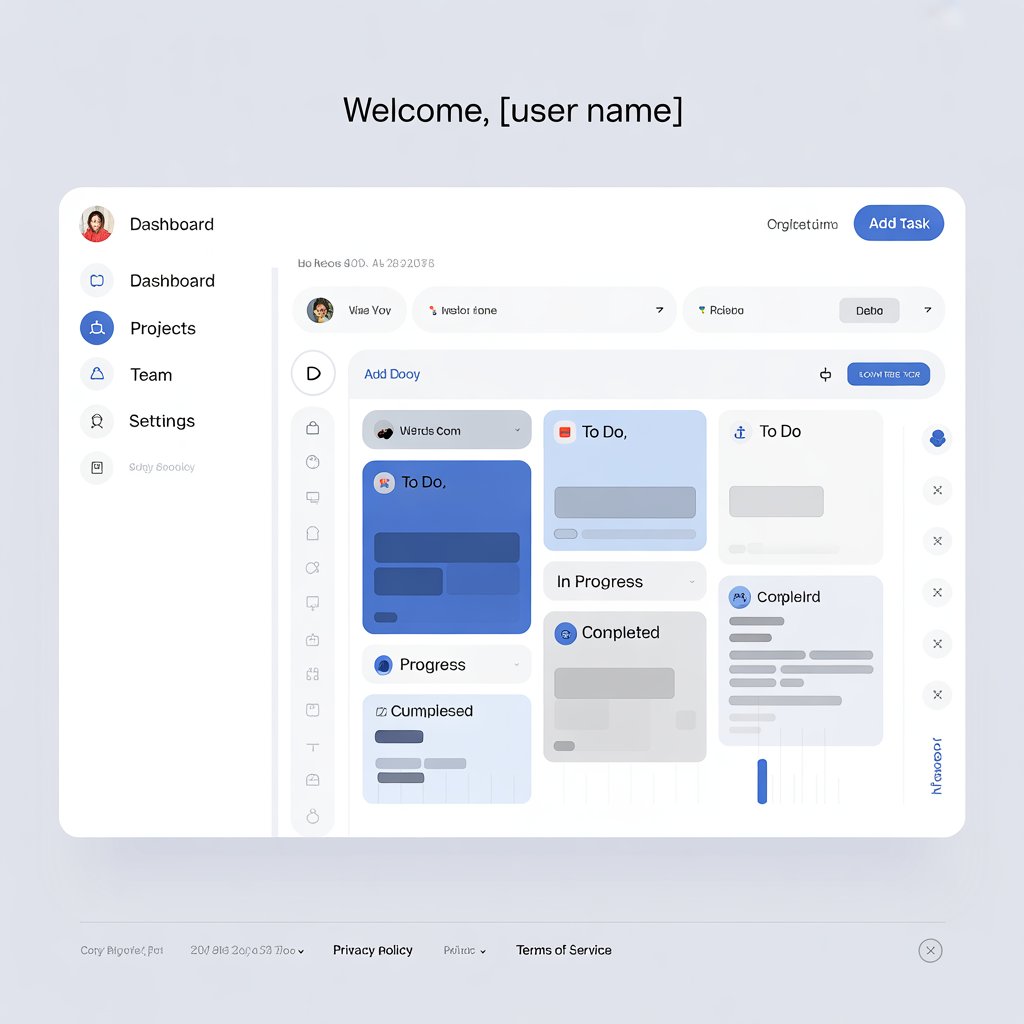
Oh and don’t even get me started on teams that just dive into design first—I’ve watched projects blow budgets because they didn’t nail down content needs early. True story: we had one client who redid their entire navigation three times because nobody thought through user paths upfront.
But here’s the thing people miss when they ask,, “what is website planning?”—it’s not just ticking boxes in some project management tool—it’s about designing on purpose—making sure every element pulls its weight towards business goals. Whether that’s getting newsletter signups or moving product inventory, you want visitors to land on the site and immediately get what you’re about without having to piece it together themselves.
So yeah—that chaotic mess they mentioned? Seen it happen—pages that don’t link right – contact forms buried three clicks deep – mobile layouts breaking because nobody considered different screen sizes during wireframing—good planning stops that dumpster fire before it starts.
WHY IS WEBSITE PLANNING IMPORTANT
Trying to build a house without blueprints sounds wild, right? You’d have walls in weird places, maybe a toilet next to the fridge. Websites work the same way—planning first, then building. One feeds into the other hard.
From doing this awhile, here’s what I’ve seen matter most:
First thing, get clear on why you’re building this site. Is it for sale? Just info? Maybe both? I’ve worked with clients who skipped this step and ended up redoing everything six months later because their homepage didn’t match their actual business goals.
User experience gets messy without planning. People bounce if they can’t find what they need fast—like that time we redesigned an e-commerce site but forgot product filters initially—sales tanked until we fixed it.

Content gets chaotic fast too. You think you need ten pages but really three good ones would work better if they’re focused. Planning forces you to cut the fluff before developers start coding stuff you’ll delete anyway.
Technical stuff creeps up on you too. If you don’t plan integrations early say goodbye to your timeline – payment gateways membership systems whatever needs plugging in eats weeks if not mapped upfront.
SEO people always forget this part until launch day but keyword mapping during planning makes content actually useful for search engines instead of playing catch-up later.
Biggest lesson though? Planning isn’t about perfection – it’s about avoiding expensive mistakes. We once built half a booking system before realizing the client needed calendar sync features nobody had discussed – had to scrap two weeks of work.
Anyway that’s my take after building maybe 30 sites over the years – better to spend three days planning than three months fixing preventable disasters
WEBSITE PLANNING PROCESS: STEP-BY-STEP BREAKDOWN
Alright let me walk you through how we handle website planning in the real world from what Ive seen at agencies and in-house teams This stuff might seem formal on paper but trust me its way more fluid when youre actually doing it.
First thing figure out what your sites really for Like no vague answers If its lead gen then say that Need to sell products directly Cool Just dont mix messages Ive watched projects derail because someone wanted their site to do five things at once Pick one north star metric maybe two max Then build SMART goals around that For example if you tell me you want 30% more newsletter signups in three months thats something we can actually work with
Audience stuff gets tricky You know those persona templates everyone uses Theyre helpful but dont overcomplicate it Real talk most teams just need basic demographics plus pain points Like if youre targeting busy moms who hate complicated checkout processes thats gold Right there you know to prioritize one-click purchasing and mobile optimization.
Competitor research is where people slack off Honestly just spend an afternoon clicking through three top competitor sites Note what theyre doing well but focus harder on their gaps Maybe their contact forms are buried or product images suck Thats your opening Oh and check their blog topics see what content actually gets engagement
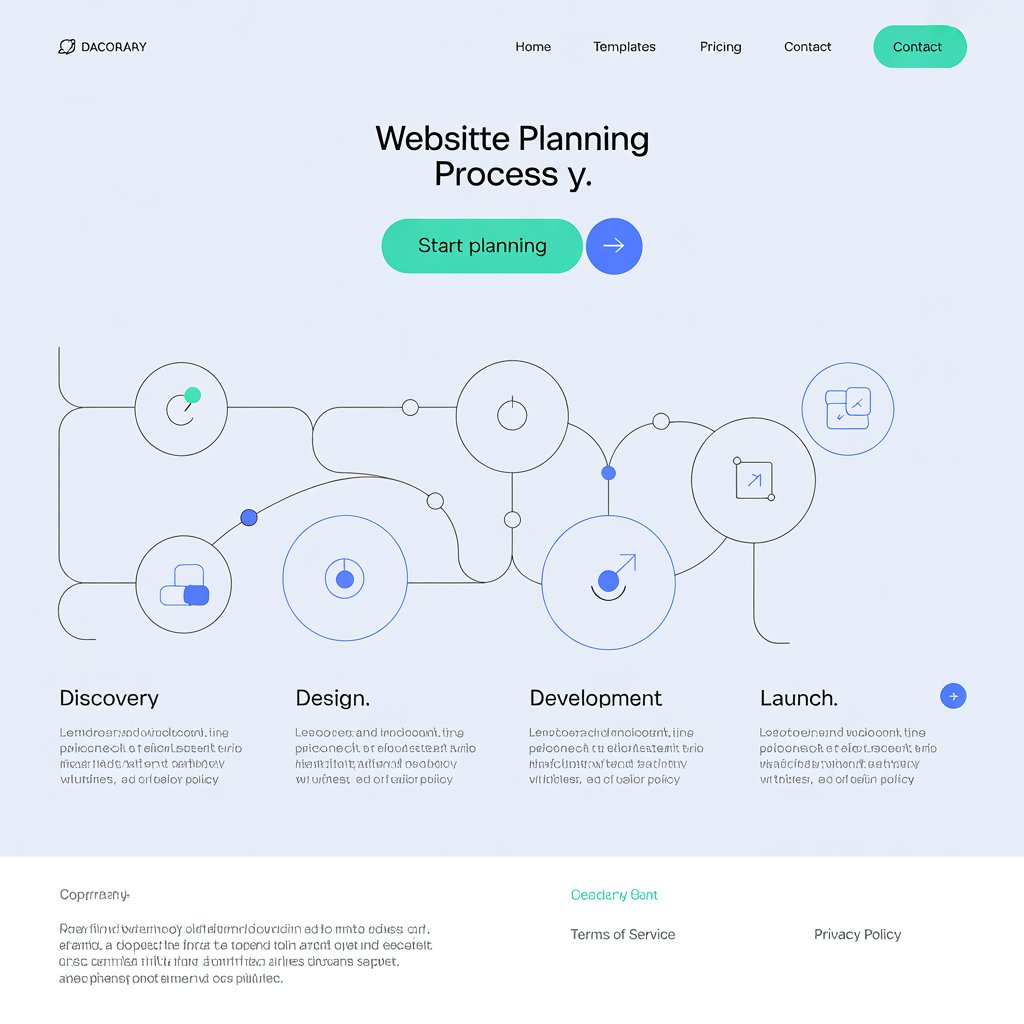
Site structure always feels tedious until you skip it Protip Use a whiteboard first Dont worry about tools yet Home goes here about us here services broken into subpages You get it The key is making sure users dont get lost between pages We once had a client whos bounce rate dropped 18% just by simplifying their menu navigation.
Wireframes man they save so much time Early in my career I thought skipping them was smart Big mistake Now we do quick sketches even on paper before designing Shows where buttons headers CTAs should live Clients love it because they can visualize the flow without getting distracted by colors or font.
Content planning is where SEO either shines or dies Pro tip Align every page title and blog post with keywords But write for humans first We had a case where switching from Website Planning Process to How to Actually Build a Site That Converts doubled organic traffic in four months True story.
Tech choices depend on budget and scale WordPress is fine for most startups but custom builds let enterprises move faster Hosting matters too Dont cheap out Shared hosting crashes during traffic spikes ruined a product launch I worked on once Lesson learned.
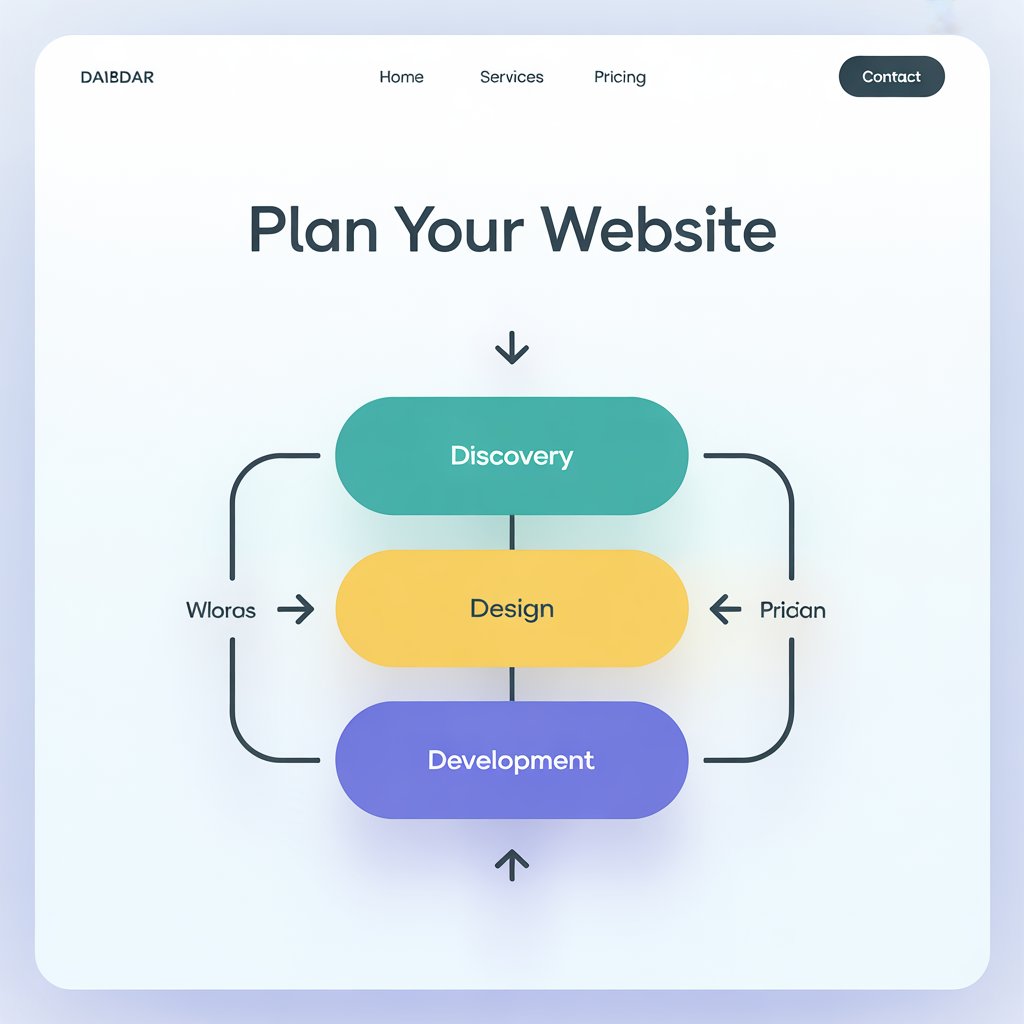
SEO starts day one Not after launch Meta titles mobile speed clean URLs All that foundational stuff Add alt text to images please Its 2024 and accessibility isnt optional Plus Google ranks you higher for it.
Mobile optimization used to be an afterthought Now its 60% of your traffic Test on actual phones not just resized browser windows And make sure forms work with thumb taps not tiny desktop buttons
Tracking KPIs sounds obvious but youd be surprised how many sites dont have analytics set up right At minimum tag conversions in Google Analytics track scroll depth heatmaps We once found 70% of users never saw the pricing page because it was buried Too many steps to fix basic stuff like that
The thing is website planning feels overwhelming until you break it into these chunks From my experience rushing through any step just means redoing work later Take the time upfront save headaches down the road Anyway thats how we approach it hope it helps.
WEBSITE PLANNING TOOLS YOU SHOULD KNOW
When I’m helping teams plan websites, these are the tools that actually get used day to day. MindMeister works well when you need to brainstorm sitemaps – lets you map out your site structure visually without getting too technical upfront.
For wireframes and flow stuff, most folks I know switch between Lucidchart and Figma depending on their budget. Helps sketch page layouts and how users might move through the site before coding starts.
Keyword research always comes up obviously. Google’s own Keyword Planner does the job if you’re on zero budget but Ubersuggest gives better data depth in my experience. Either way helps figure out what search terms people are actually using.
Project management tools – Trello’s simpler but gets messy fast if you have 5+ people involved. Asana handles complex timelines better but needs more setup time upfront.
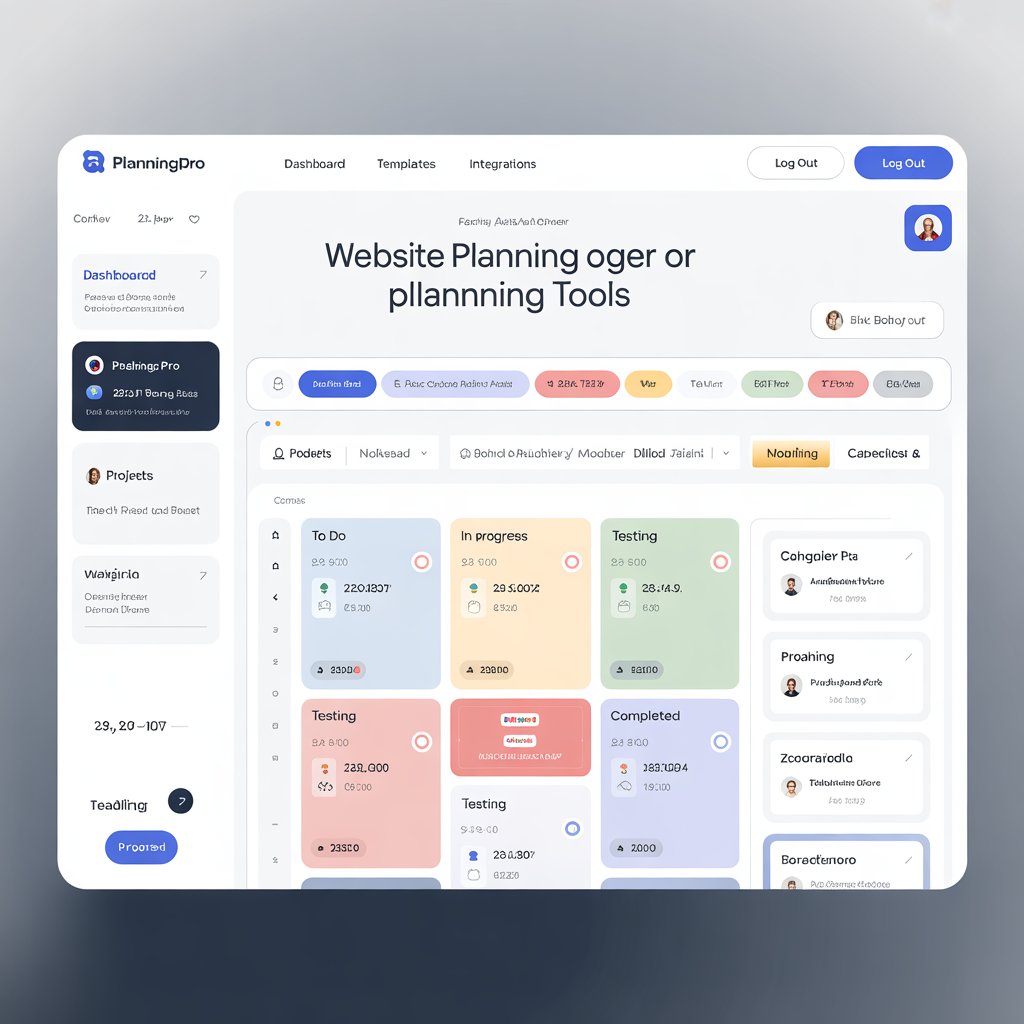
You’ll want Google Analytics paired with Search Console installed from day one even if you’re just launching a staging site. Lets you catch basic tracking issues early before they snowball.
Technical SEO audits get real ugly without tools like Screaming Frog – free version works for smaller sites under 500 pages – or SEMrush if you need competitive analysis too. Just know they both have learning curves.
Visual stuff always takes forever unless you use Canva for quick mockups – their drag and drop interface saves hours when communicating ideas to designers – Adobe XD if you need interactive prototypes though.
Biggest mistake I see is teams using all these tools at once – pick 2-3 that match your project size and stick with those until you actually hit their limits.
WEBSITE PLANNING AND CREATION
People keep splitting website planning and building into different phases for some reason. Bad move if you ask me. From what I’ve seen on actual projects when teams try to wing the strategy part they always end up wasting time redoing stuff later anyway. You get these awkward launch delays nobody wants or worse user journeys that just don’t click.
What works is treating them like conjoined twins honestly. Like you can’t have one without the other breathing down its neck. Solid prep work does three big things people don’t talk about enough first it forces everyone to agree on what exactly we’re making so scope doesn’t balloon later also helps figure out where to put the budget and timeline without going broke and third stops that shiny object syndrome where clients keep adding features until the site becomes unusable.
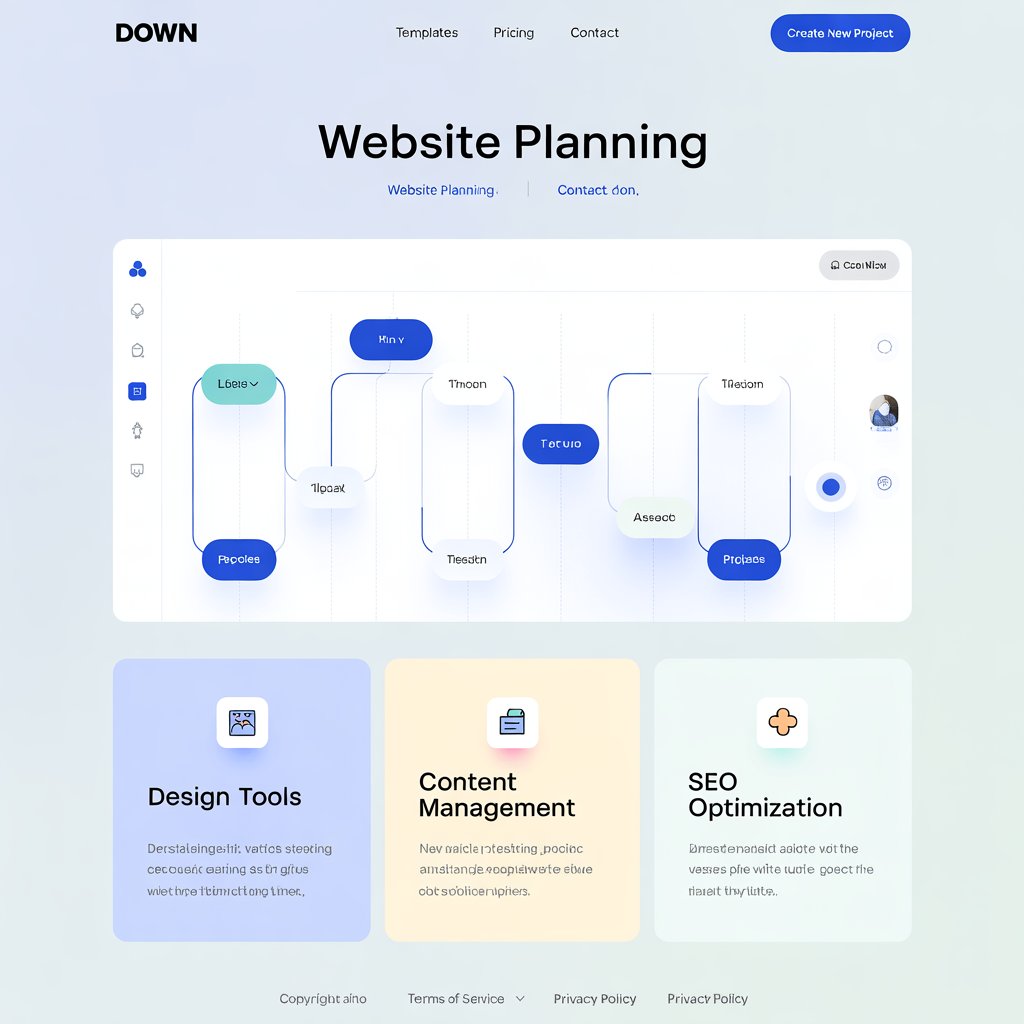
Oh and alignment I mean how many times have you seen designers code stuff devs can’t implement because nobody checked technical feasibility during wireframing exactly.
Only after all that groundwork do we start actually building the thing you know wireframing coding testing all that jazz but here’s the kicker without a real plan you’re just throwing pixels at servers hoping something sticks which is no way to run a digital project if you want it to last more than six months before needing a complete overhaul.
Biggest lesson I’ve learned teams that nail the discovery phase end up iterating way less during QA cause they already thought through edge cases up front saves about 30% dev time in my experience but hey what do I know.
COMMON MISTAKES IN WEBSITE PLANNING: AND HOW TO AVOID THEM
Let me tell you what I keep seeing companies mess up when planning websites – and I’ve built about 30 of these things for clients over the years.
First thing people skip – user research. Like they’ll drop 50k on a site because the CEO’s wife thinks purple gradients are cool. That’s a fast way to waste money. What works is actually talking to customers through surveys or checking analytics before picking colors.
No clear goals? Big problem. If you don’t set “we need 20% more leads from the contact form” or “reduce bounce rate by Q3” from day one, you’re basically building a house without blueprints. How you gonna measure if it worked.
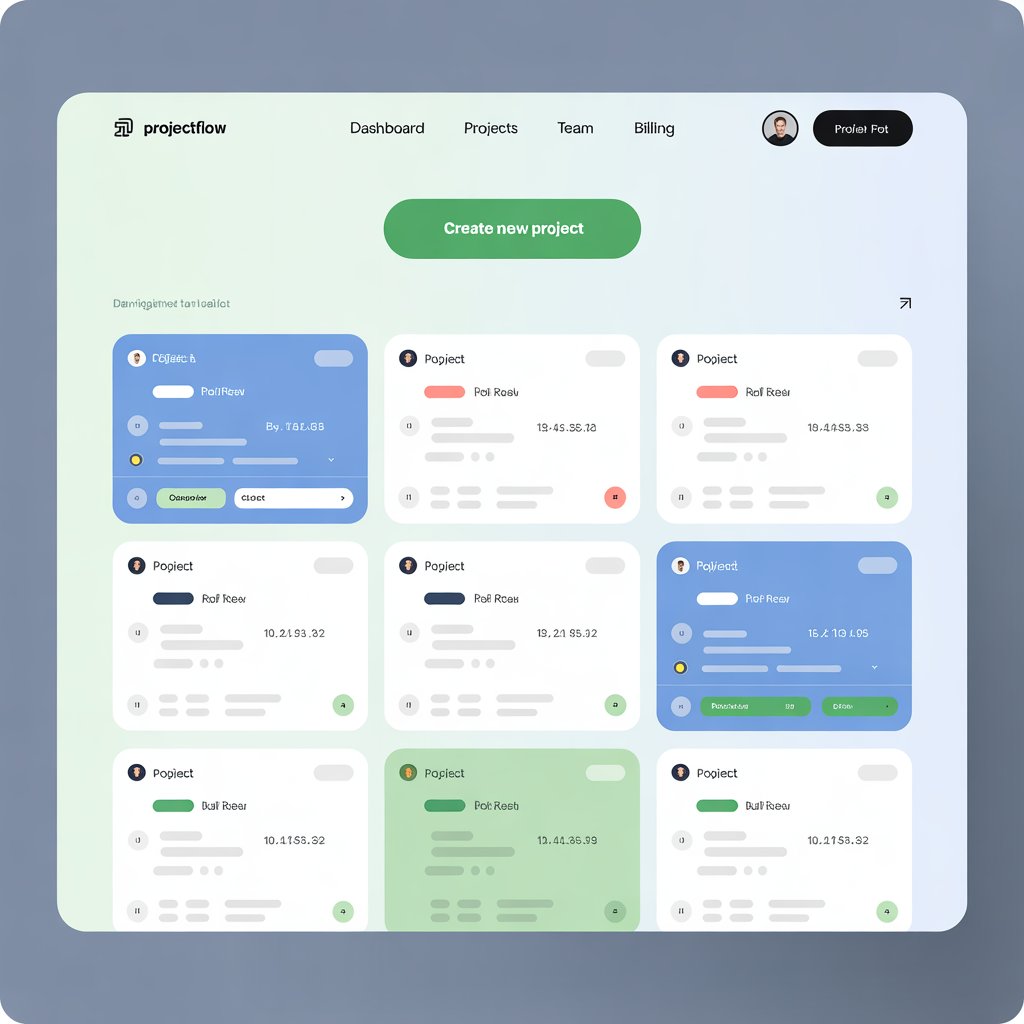
Oh and mobile responsive design isn’t optional anymore – Google won’t care how nice your menu animations are if the page takes 8 seconds to load on a phone. Seen sites that look pretty but nobody can find them because SEO was an afterthought.
Cool features are tempting but ask yourself – does this chatbot actually help our customers? Or are we just adding it because the competitor has one? Every plugin slows things down and needs updates.
Websites aren’t fire-and-forget projects either. Last week I had a client panic because their WordPress hadn’t been updated in 2 years – got hacked obviously. You need someone checking security patches monthly, testing forms quarterly, fixing broken links.
The main thing I tell teams – build what your users need, not what looks impressive in a boardroom demo. Sounds simple but you’d be surprised how often that gets forgotten.
FINAL THOUGHTS
Here’s the thing about websites. Website planning is where everything starts, period. Not just picking colors or writing pages, but figuring out what actually matters for your business. You know, the goals, who you’re talking to, how you’ll measure if it works. In my experience, teams that skip this step end up rebuilding stuff later anyway.
It’s not just about knowing what needs doing, but actually doing it right. Like using tools that show real data – Google Analytics for traffic patterns, Hotjar for seeing where people click. A pretty site that doesn’t convert? Waste of time. The good part is once you have your plan locked in, building becomes way smoother.
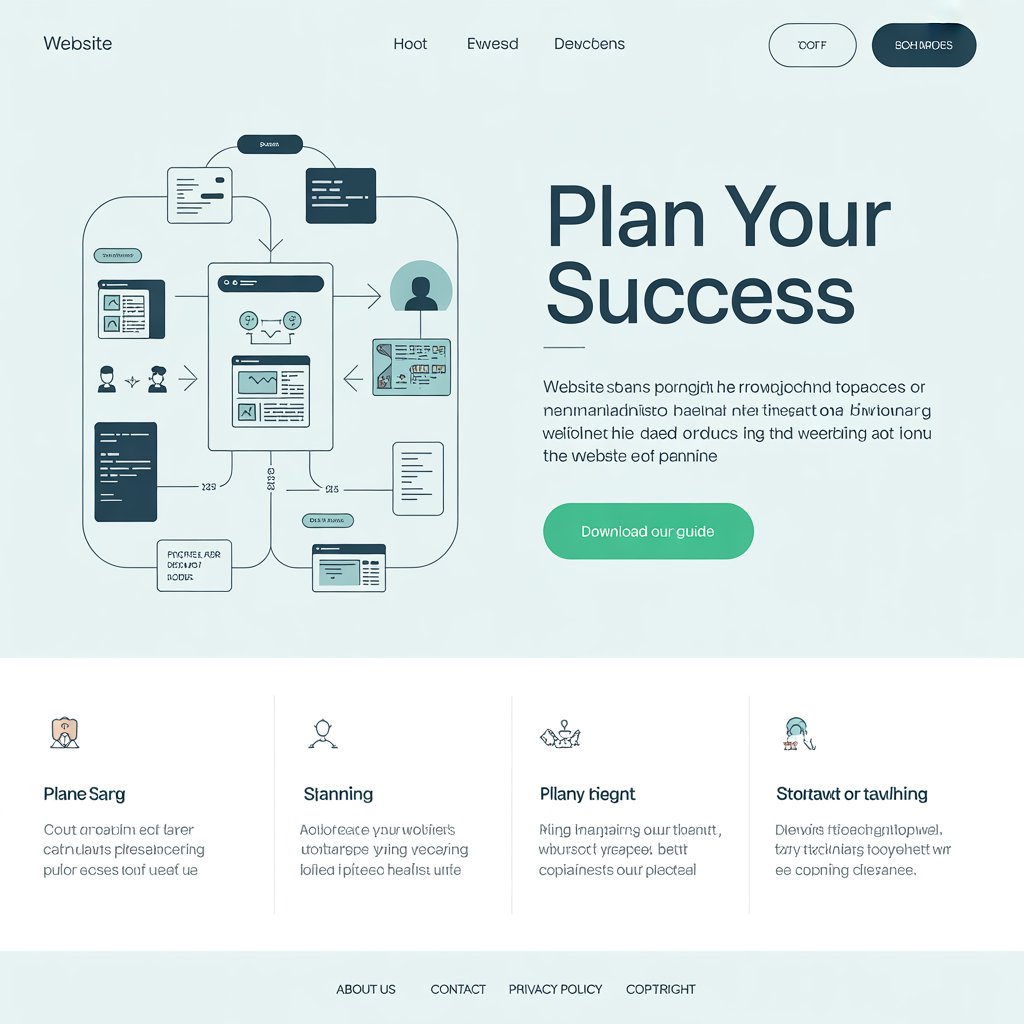
Oh and here’s what nobody tells you – website stuff isn’t a one-and-done thing. You gotta keep tweaking based on what users do. Revisit every few months, check if your contact form converts worse than last quarter, see if blog posts drive sales like they should. Analytics don’t lie.
If you’re building a site from scratch, don’t rush the planning phase. I mean yeah it feels slow when you want results fast, but think of it like pouring concrete – mess up the foundation and everything cracks later. Good planning turns your site into something that actually grows with your business instead of being just another online brochure.
Anyway that’s the gist of it. Plan hard now, adjust later, use real data not guesses. Sites that work aren’t accidents – they’re built on purpose. And maintained that way too.
